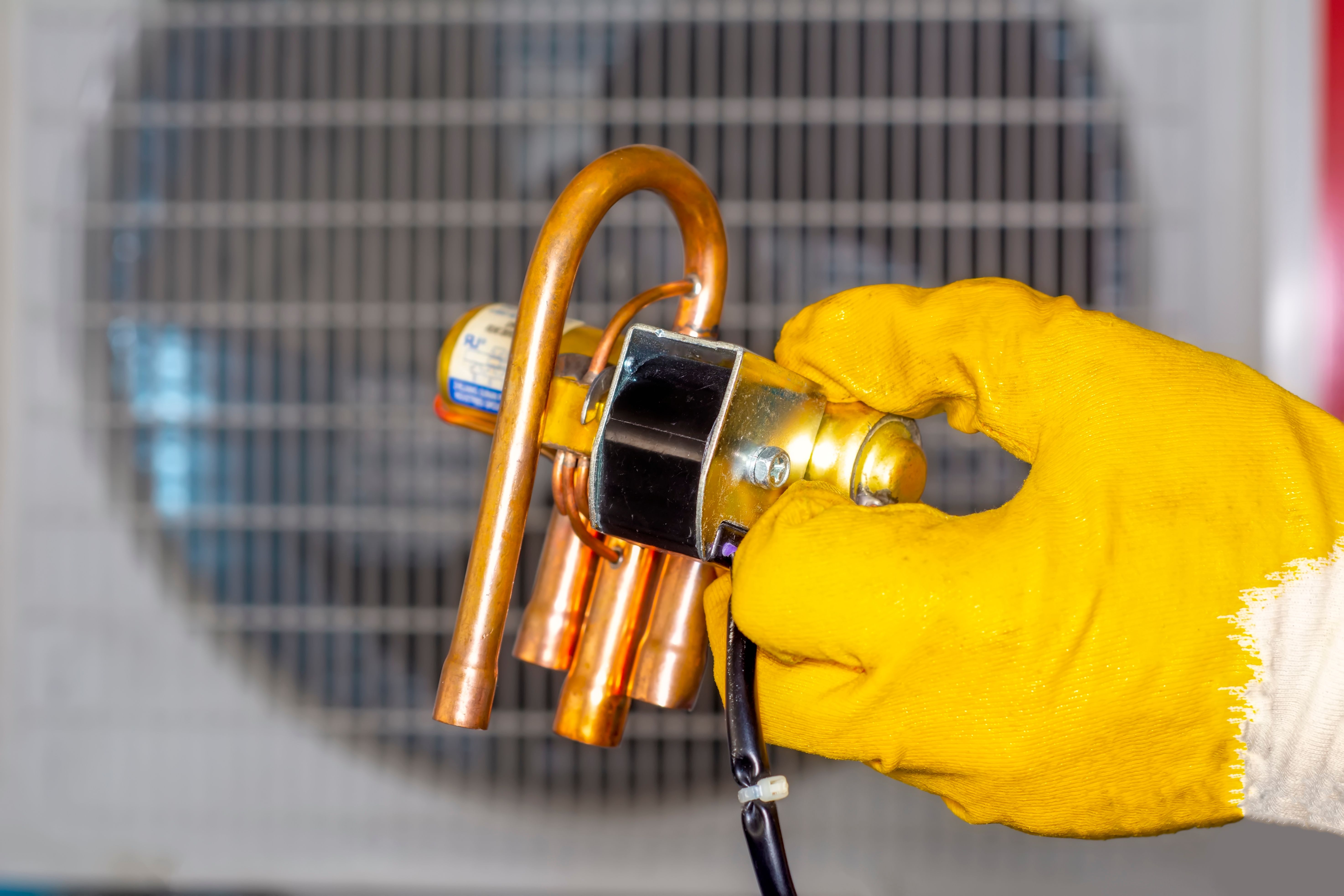
The Cookstove Debate: Addressing Over-crediting and Rural Peoples’ Needs
February 29, 2024 - Research
This January, a Nature Sustainability study of the cookstove offset programs[1] was published, arguing that cookstove projects issued credits over-credited by an average of 9.2 times, based on a sample of 51 projects implemented in 15 countries. The paper calls for the Voluntary Carbon Market (VCM) to exclusively fund clean stoves as defined by the World Health Organization (WHO) and highlights the lost opportunity to use cookstove offsets to accelerate access to the cleanest stoves/fuels. Moreover, they recommend prioritizing metered fuel switch projects and accurately quantifying their emission reductions as a means to progress climate, energy and health Sustainable Development Goals (SDGs).
Last week, an opinion piece was published by Quantum Commodity Intelligence arguing that prioritizing WHO-defined clean cooking technologies[2] such as solar, electric, biogas, natural gas, liquefied petroleum gas (LPG) and alcohol fuels including ethanol, might result in solutions that are not affordable or accessible for the most marginalized populations. The authors argue that clean cooking should be for all (as ratified under SDG 7), and requiring clean stoves, under current market conditions would exclude the poorest populations – those most disproportionately affected by climate change. By excluding the implementation of improved biomass stoves from the scope of carbon projects, the effects would be in contrast to the SE4All motto of Leave No-One Behind (LNOB)[3].
To date, Calyx Global has found that a significant percentage of rural households that have participated in carbon projects still rely on collected firewood as the main source of thermal energy for cooking, a position corroborated by Gill-Wiehl et al. The figure below from Gill-Wiehl et al. shows fuelwood as the dominant baseline fuel source.
This diagram represents the transition from baseline fuels to project fuels in 51 cookstove carbon projects, from 25 countries analyzed in Gill-Wiehl et al., (2024).
Calyx Global considers that prioritizing clean cooking technologies exclusively without incorporating the broader context of different SDGs can lead to negative trade-offs, particularly for the most vulnerable populations, with the following in mind:
- Prioritizing selected cookstove technologies might not be suitable for all geographical locations or communities and could result in energy disparities and exclusion. In many developing regions, electricity infrastructure or access to cleaner fuel is either not universally available or not available at all.
- The transition to only clean cooking technologies or fuels may pose affordability challenges for the community. Upfront costs, purchasing alternative fuels and ongoing expenses associated with the continued use of clean technologies might be higher than the traditional method of using freely available firewood, which could impact lower adoption rates of clean cooking.
- Some communities may not have access to a consistent energy supply (i.e., solar or electric). Unreliable energy supply can disrupt daily activities and create various challenges for community well-being, as it can lead to difficulties in completing cooking tasks efficiently or hinder economic activities that rely on consistent power supply. This poses the risk that households will revert to traditional biomass stoves to meet their cooking needs.
- Over-emphasizing the adoption of only the cleanest and most environmentally friendly cookstove technologies may limit the overall reduction of carbon emissions if it hinders the widespread uptake of cleaner options. Focusing on certain high-tech or expensive solutions might slow down the overall transition away from traditional biomass stoves, preserving health issues derived from indoor air pollution as well as deforestation.
- Moreover, imposing technologies that are not in accordance with local culture and preferences can lead to significant social impacts.
- It can disrupt cultural practices related to cooking with firewood, jeopardizing the effectiveness of emissions reductions.
- It can potentially lead to economic challenges for individuals dependent on the traditional firewood economy. In some communities, the collection and sale of firewood can be a source of income and employment.
- In some cases, it may place a disproportionate workload on women and girls. If the new technologies or fuels require more time for maintenance and preparation, or involve unfamiliar practices, women and girls, who are typically responsible for cooking activities, might experience an additional burden, limiting their time for education, economic activities, or community participation.
Cookstove potential for Sustainable Development Goal contributions
There is a reason that cookstove projects have been a popular choice among carbon credit buyers – that is their great potential to contribute not only to climate and human health, but to a great variety of SDGs, including energy, gender, poverty reduction, employment, sustainable consumption and deforestation. According to our SDG ratings, cookstove projects are the highest ranked technology project for SDG Impact. When seeking solutions to the challenges these projects experience, sustainable development must have an important seat at the table.
Weighing in on the conclusions of Gill-Wiehl et al. and Quantum Commodity Intelligence
Calyx Global agrees with Gill-Wiehl et al. (2024) that methodologies requiring the metering of fuel consumption such as the GS Metered & Measured[4] are the most accurate in determining overall emission reductions. In contrast to other methods of monitoring fuel use (e.g., surveys, default values, lab-based efficiency testing and kitchen performance tests), metering directly monitors fuel usage, and represents the closest depiction of actual fuel usage by households, and we note that it is the most GHG-effective method to monitor these parameters. However, we also acknowledge that the transition to new monitoring methodologies is not simple, and in most rural project areas - is not suitable under current conditions due to remoteness, awareness, capacity and maintenance concerns.
We also note the importance of kitchen performance tests (KPTs) as an interim solution in cooking transition. While we know that a KPT is not a perfect method for measuring fuel and stove usage, they represent a more accurate approach than surveys and a number of default values that projects currently can use.
We support the idea of "proven solutions that meet local needs," including the adoption of a comprehensive and inclusive approach to clean energy interventions. This means tailoring solutions to the specific needs and contexts of communities. To do so, clean cooking solutions must consider the affordability and accessibility of technologies, promotion and community engagement, and integrating clean energy initiatives into broader development strategies.
Conclusions and recommendations for cookstove project stakeholders
Considering that information gathering is mostly manual, monitoring project parameters is traditionally a time- and resource-intensive exercise[5]. In these cases, we recommend that the foremost way in which projects over-credit is via the application of an overestimated fraction of non-renewable biomass (fNRB) value. Calyx Global has covered this tricky variable in both this blog, and this deeper dive, with further explanation of our position. Irrespective of approach, projects should primarily aim to remain conservative in regards to this key parameter, and utilize updated figures where possible.
Being an independent carbon credit ratings agency, we will always advocate for the GHG integrity of the carbon credits themselves. However, necessary adjustments to improve the quality of these types of projects should be carried out in a way that also guarantees the social cohesion of the communities and above all, the most vulnerable. We believe existing methodologies should be refined to the extent that they provide flexibility to incorporate/realistically represent local cooking customs and fuel uses of communities in the area where the project is rolled out. Recently, we released proposed improvements to the sector and methodologies, which you can find linked below.
For more information on recommendations and improved cookstove ratings under Calyx Global, see:
- Why fNRB is key for cookstove and household carbon projects
- fNRB: A Deeper Dive
- Rating Improved Cookstove Projects
Stay tuned for our recipe for success blog and in-depth paper, that serves to articulate how projects can receive a high calyx rating, and illustrates best practice for improved cookstove projects.
Citations
[1] Gill-Wiehl, A., Kammen, D.M. & Haya, B.K. Pervasive over-crediting from cookstove offset methodologies (2024).
[2] Clean fuels and technologies are those that attain the fine particulate matter (PM2.5) and carbon monoxide (CO) levels recommended in the WHO global air quality guidelines (2021).
[3] Leave No One Behind | Sustainable Energy for All (seforall.org)
[4] The Gold Standard Foundation. Methodology for metered & measured energy cooking devices (2022). Methodology for metered & measured energy cooking devices – Gold Standard for the Global Goals
[5] Jennifer Ventrella, Nordica MacCarty. Monitoring impacts of clean cookstoves and fuels with the Fuel Use Electronic Logger (FUEL): Results of pilot testing, Energy for Sustainable Development.Volume 52, 2019, Pages 82-95, ISSN 0973-0826, https://doi.org/10.1016/j.esd.2019.06.004.
Keep up with carbon market trends
Get the monthly newsletter and stay in the loop.
Trusted By



About the author
Calyx Global Research Team
Next Up

Ozone depleting substances: unpacking carbon credit integrity under a new methodology
December 15, 2025

Joint statement: Calyx Global, Carbonplace announce partnership to help companies buy high quality carbon credits
December 9, 2025

Joint statement: Calyx Global ratings now available on Emsurge Open Markets trading platform
December 3, 2025